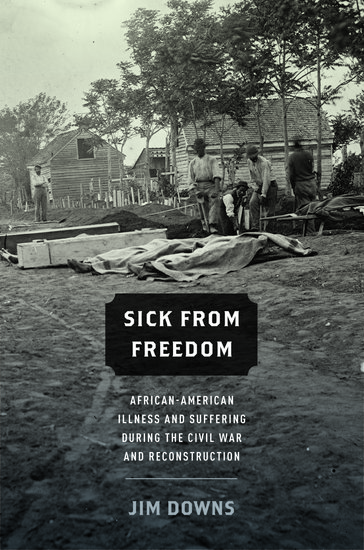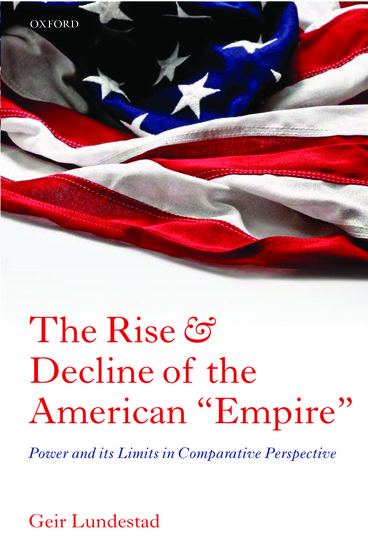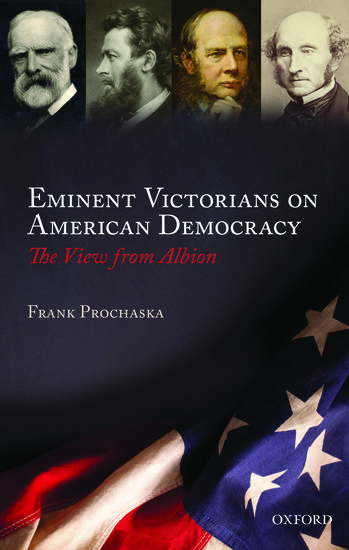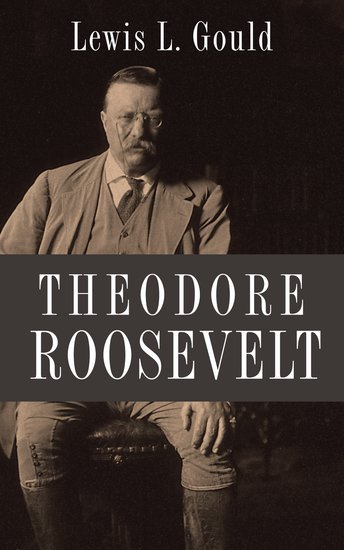Osama bin Laden killed
: This Day in World History
In the middle of the night, 2 May 2011, a brief message was radioed from Pakistan to CIA headquarters in Langley, Virginia: “EKIA.” “EKIA” is military shorthand for “enemy killed in action.” The enemy was Osama bin Laden. After a manhunt of nearly ten years, the United States had found and killed the al Qaeda leader who had ordered the September 11, 2001, terrorist attacks on New York and Washington, D.C.












